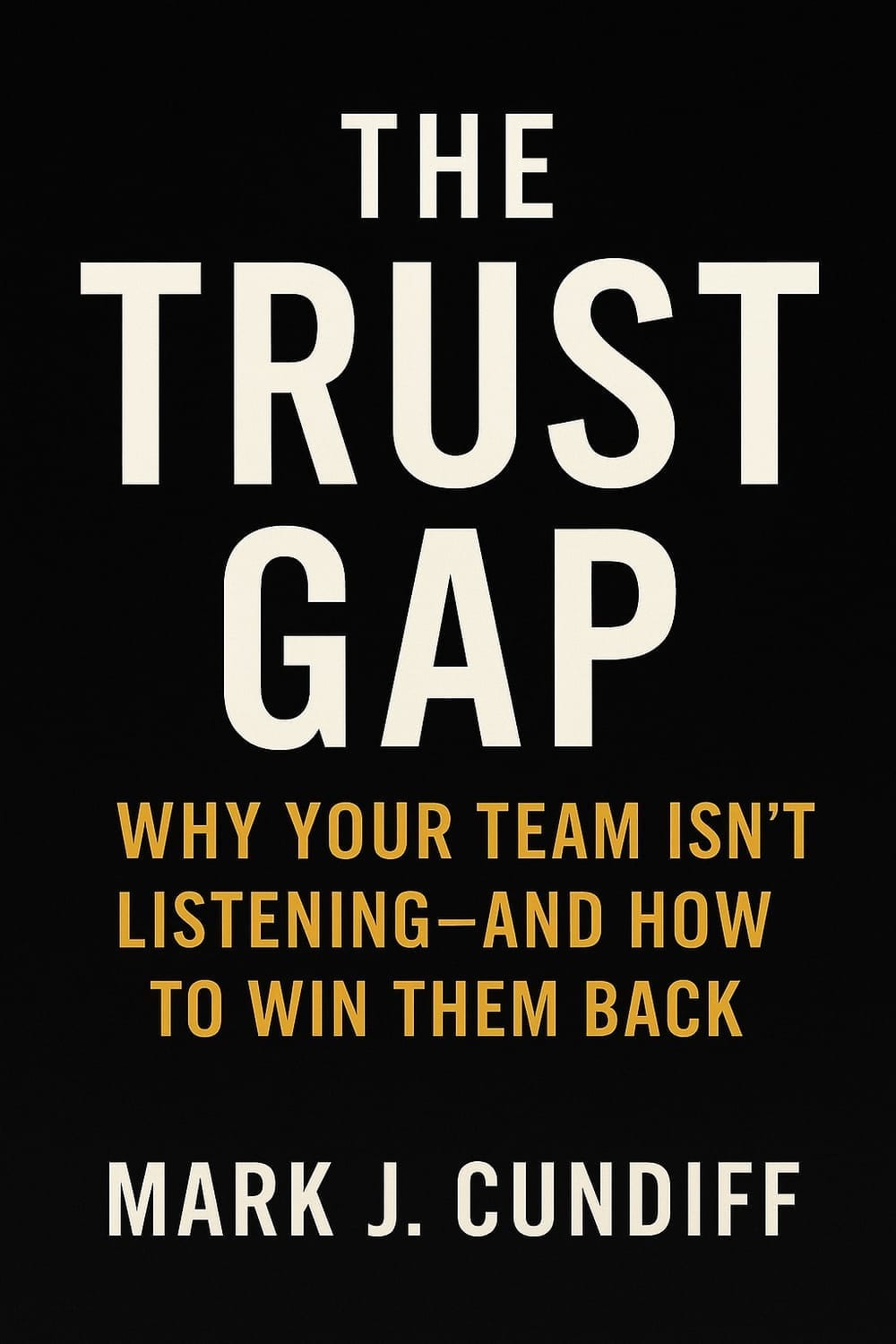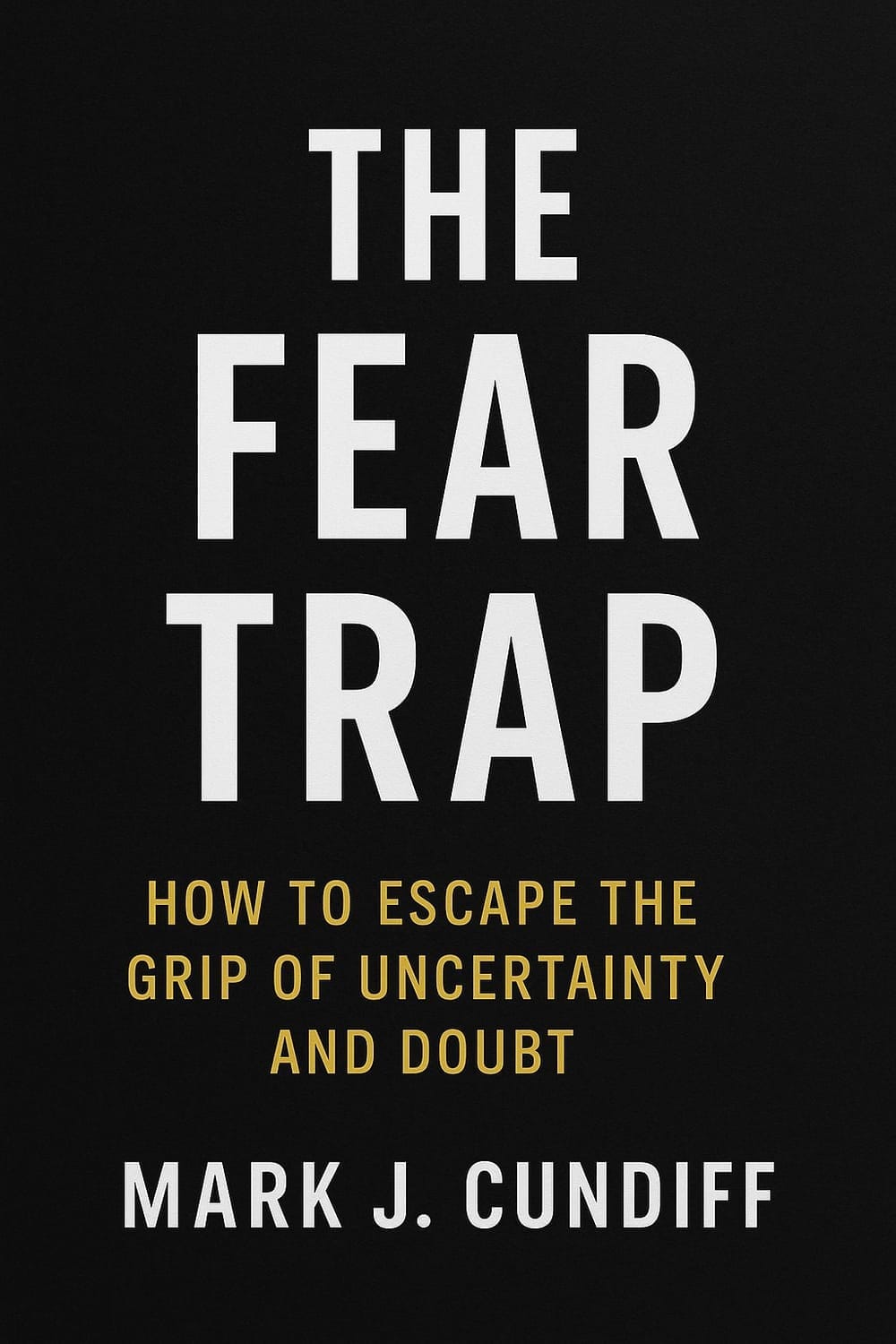12 Keys to Remarkable Decision-Making and Marketing
12 Keys to Remarkable Decision-Making and Marketing
Emma stared at the stack of unsold newspapers piling up in the corner of her family's small print shop. The business her grandfather had built fifty years ago was drowning in red ink. "We just need to wait," her father said. He wouldn’t admit their website needed more than just PDF versions of their articles.
Across town, her old classmate Jamie started a digital-first local news platform. It was gaining hundreds of new subscribers each week. The difference wasn't just technology—it was mindset. Emma's family held tight to tradition, but Jamie welcomed change and created something amazing.
In today's fast-changing market, success or failure often hinges on one choice: face reality or hide behind comforting illusions. Jim Collins describes this as Confronting The Brutal Facts.
Seth Godin, a leading marketing strategist, shows that successful organizations and people don’t just adapt to change. They also look for ways to stand out and be extraordinary.
1. The Pitfalls of Ignoring Reality
Often, individuals and organizations make decisions based on aspirations rather than the current state of affairs. This disconnect can lead to misguided strategies and missed opportunities.
A poignant example is the newspaper industry's initial reluctance to acknowledge the transformative impact of the internet. Many clung to traditional models, yearning for the past instead of adapting to the digital revolution.
This resistance underscores the peril of ignoring reality; decisions rooted in denial can jeopardize an organization's future.
2. Permission Marketing: Building Trust Over Noise
In an era saturated with advertisements, traditional interruption marketing—where consumers are bombarded with unsolicited messages—has become less effective. Godin champions "Permission Marketing," a strategy that involves seeking consumers' consent before delivering marketing messages.
This approach fosters trust and cultivates long-term relationships. By delivering content that is anticipated, personal, and relevant, businesses can engage customers who genuinely desire their products or services. This method not only enhances customer loyalty but also ensures that marketing efforts are more targeted and effective.
3. The Power of Being Remarkable
In a marketplace teeming with options, standing out is crucial. Godin illustrates this with the story of Little Miss Matched, a company that revolutionized the sock industry by selling mismatched socks aimed at 12-year-old girls.
This bold move transformed socks from mundane necessities into fashion statements, prompting conversations among peers and driving demand. By daring to be different and catering to a specific audience, the company achieved remarkable success, exemplifying the benefits of creating products that are truly unique.
4. Crafting Compelling Stories Over Mere Facts
While facts provide information, stories evoke emotions and drive decisions. Consumers often make choices based on narratives that resonate with their personal experiences and aspirations. For instance, despite the economic advantages of solar lanterns, their adoption remains limited.
This suggests that factual benefits alone aren't always persuasive; the accompanying story and emotional appeal play pivotal roles in influencing consumer behavior. Businesses that master the art of storytelling can create deeper connections with their audience, leading to increased engagement and loyalty.
5. Adapting to the Inevitable Future
Change is constant, and the future unfolds regardless of our readiness. Clinging to outdated methods or tools—akin to viewing every problem as a nail because all one possesses is a hammer—can hinder progress. Embracing new technologies and innovative approaches is essential.
While some saw the Internet as a mere extension of existing media, visionaries recognized its potential and leveraged it to create groundbreaking platforms. This adaptability underscores the importance of being open to change and proactively seeking opportunities within it.
6. Valuing Irreplaceable Individuals
The era of interchangeable parts and standardized roles is waning. Today's landscape values individuals who bring unique skills and perspectives—those who are indispensable.
Organizations that nurture such talent not only foster innovation but also create environments where employees feel valued and motivated. Encouraging creativity and granting autonomy can lead to extraordinary outcomes, distinguishing a company in a competitive market.
7. Leadership: Inspiring Action Beyond Compliance
True leadership transcends mere management. While management focuses on optimizing existing processes, leadership involves inspiring teams to venture into uncharted territories.
It's about assembling talented individuals, providing them with the necessary resources, and then stepping aside to let them innovate. Such an approach not only drives progress but also cultivates a culture of trust and empowerment within the organization.
8. Scarcity vs. Abundance Mentality
The digital age challenges traditional notions of scarcity. For example, the cost of producing digital books is minimal compared to their physical counterparts.
Organizations that recognize and embrace this shift can devise strategies that leverage abundance, offering value to customers in novel ways and redefining market dynamics.
9. Embracing Individuality in a Conformist World
Society often pressures individuals to conform, pushing them toward the median. However, recognizing and celebrating one's uniqueness can lead to more fulfilling endeavors.
By connecting with like-minded individuals who share similar passions, one can create communities that thrive on shared interests and mutual support, fostering innovation and personal growth.
10. The Artist's Role in Modern Business
In contemporary contexts, an artist isn't solely someone who creates art in the traditional sense but is anyone who uses their platform to effect meaningful change.
Whether it's through innovative products, groundbreaking services, or transformative ideas, individuals who infuse their work with purpose and creativity contribute significantly to society and leave lasting legacies.
11. Choosing the Path to Excellence
In a competitive landscape, many succumb to the temptation of cutting corners, aiming for the lowest cost or quickest solution—a race to the bottom. However, committing to excellence, prioritizing quality, and delivering genuine value is a more sustainable and rewarding strategy.
This race to the top not only differentiates a business but also fosters customer loyalty and long-term success.
12. Will They Miss You When You're Gone?
A poignant measure of one's impact is the void left in their absence. Striving to make a meaningful difference in the lives of others ensures a lasting legacy.
By focusing on creating value and touching lives, individuals and organizations can achieve fulfillment and enduring success.
The Race Worth Running: Your Call to Extraordinary Impact
When Sarah launched her small bakery in 2020, industry veterans told her she was doomed. "People want cheap, mass-produced bread," they warned. "Artisanal sourdough is just a passing trend."
Sarah realized an important truth about today's market: consumers want authenticity, craftsmanship, and connection. She didn’t compete on price. Instead, she invited customers to see the bread-making process through large windows. She also offered tasting classes and shared stories about her heritage grains.
In just two years, her bakery not only survived but thrived. Lines formed before dawn, and there was a waitlist for her monthly subscription boxes. Sarah didn't just sell bread; she created an experience that people talked about, photographed, and shared.
The path forward is clear, though not always easy. In a world drowning in mediocrity, those who dare to be remarkable will find their audience. Stop asking "How can we do what everyone else is doing, but cheaper?" and start asking "How can we create something so valuable that people would miss it if it disappeared?"
See reality clearly. Build real relationships by asking for permission, not interrupting. Create stories that connect emotionally. Most importantly, have the courage to stand out—to embrace your uniqueness and that of your organization.
The future is for those who see today’s challenges as part of our new reality. These issues aren't just temporary bumps; they shape the world we live in. We must adapt and learn to thrive in this changing landscape.
The question isn't whether change will come—it's whether you'll be leading it or desperately trying to catch up. Which race are you running—the race to the bottom or the race to the top? The choice, as it has always been, is yours.
Seth Godin Books
Seth Godin is the author of 20 international bestsellers that have been translated into over 38 languages and have changed how people think about marketing and work. For a long time, Unleashing the Ideavirus was the most popular ebook ever published, and Purple Cow is the bestselling marketing book of the decade.
He worked as a year as the volunteer founding editor of The Carbon Almanac, and his recent bestsellers also include The Practice and This is Marketing.
He's a recent inductee to the Marketing Hall of Fame, and also a member of the Direct Marketing Hall of Fame and (go figure), the Guerrilla Marketing Hall of Fame.
His book, Tribes, was a nationwide bestseller, appearing on the Amazon, New York Times, BusinessWeek and Wall Street Journal bestseller lists. It's about the most powerful form of marketing--leadership--and how anyone can now become a leader, creating movements that matter.
His book Linchpin came out in 2008 and was the fastest-selling book of his career. Linchpin challenges you to stand up, do work that matters and race to the top instead of the bottom. More than that, though, the book outlines a massive change in our economy, a fundamental shift in what it means to have a job.
In addition to his writing and speaking, Seth was founder and CEO of Squidoo.com,. His blog (find it by typing "seth" into Google) is the most popular marketing blog in the world.
Before his work as a writer and blogger, Godin was Vice President of Direct Marketing at Yahoo!, a job he got after selling them his pioneering 1990s online startup, Yoyodyne.
He's known as a pioneer in online education, and was the founder of the altMBA.
You can find every single possible detail that anyone could ever want to know at sethgodin.com
Join over 3,900 Fellow Leaders reading The Learning To Lead Newsletter each week!
Recent Articles

Join over 3,900 Fellow Leaders reading The Learning To Lead Newsletter each week!
©2025 Learning To Lead | Helping Good Leaders Become Great Leaders


